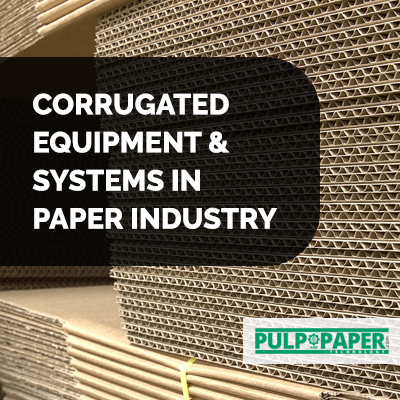Indian Pulp and Paper Industry

Growth factors confronting Indian paper industries
The ASSOCHAM indicated that per capita paper consumption increased to 9.18 kg during 2009-10. Earlier it was 8.3 kg throughout 2008-09. However, the figure (9.2 kg) is low in comparison to 350 kgs per capita in several developed countries and forty two kg in China. Nevertheless, when per capita paper consumption is considered, India emerges to fastest growing market with a strong 10.6% growth registered during 2009-10.
Paper production in India includes several types which are regularly and largely used in printing and packaging, writing, and a few specialty papers. Paper for printing and writing come as copier paper, super printing paper, bond paper, creame wove paper, map litho paper (surface size and non-surface), coating base paper and others. Paper for packaging includes boards, Kraft paper, posters and others. Other varieties are chromo paper/board, art paper/board and others. In India there are approximately 600 paper mills among which twelve are major players and also world renowned.
In India of total paper production 40% is from hardwood and bamboo fiber 30% is from agro waste other 30% from recycled material. Paper used for publications and Newsprint counts to 2 million tonnes. 1.2 million tonnes of newsprint are manufactured and the remaining is imported from other producers. It means that, about 40% of newsprint is brought in from outside the country.
Coming to pulp imports, India imports around 2 million tonne pulp wood (both soft and hard) and waste paper (sack waste for envelopes waste, unbleached grades, magazine waste and cup stock for white grades) for newsprint.
The paper industry in India can be made more competitive by improving key sea ports, airways, road, railways and communication facilities. Plantations have to be raised by whatever means like industry, cooperative farmers and state governments to support wood based paper industry. For this the forest policy has to be accordingly revised. Degraded forest lands can be used to raise wood pulp plantations. Custom Duties on waste paper imports might be reduced, new & second hand machinery/equipment imports should be allowed duty free for a simpler and affordable technology up gradation.
Paper made products like filter paper, tea bags, tissue paper, medical grade coated paper, light weight online coated paper etc. are significantly rising in terms of usage in Indian markets hence Paper industry in India can look an extremely positive intent ahead.
ASSOCHAM quoted the following challenges confronted by India's pulp and paper industry 'high cost of production caused by inadequate availability and high cost of raw materials, power cost and concentration of mills in one particular area, non-availability of good-quality fiber, uneconomical plant size, technological obsolescence and environmental challenges.'
Indian markets buy pulp wood at $50 per metric tonne which is comparatively more than several other international players buying for just $30. While issues related to technology, capacity and environment come directly under the purview of companies; raw material shortage is a disadvantage affecting all domestic companies.
Many mills in India don't have integrated wet-end systems in overall control strategy. Forward control strategy results in impressive quality gains. Similarly energy, a significant cost in production cycle, is also paid less attention in terms of monitoring overall consumption of power across various sections of the plant. Electrical system integration, intelligent motor control centres with DCS (Distributed Control Systems) all will monitor overall energy consumption. Another area is integration of real-time information system on raw material flow which ultimately controls quality at various stages.
There is a lack of coordination between the automation department and IT within the mill. ERP systems, supply chain management systems and manufacturing execution systems (collaborative production management systems) are not paid adequate attention from the Indian paper industry players. Result, Indian Pulp and Paper industry has more to achieve to be the best and efficient in the world.
Traditional automation systems cannot help businesses survive in present day world industrial scenario. Integrated automation along with enterprise systems can enable Indian Pulp and Paper industries to gain competitive advantage.









